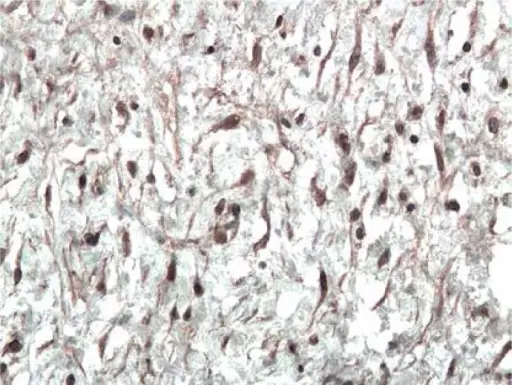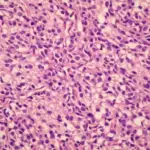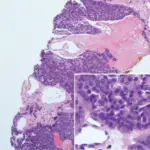Inverting papilloma of the larynx is a benign tumor generally affecting squamous and ciliated epithelial to the larynx.
What is the Pathology of Inverting Papilloma of the Larynx?
The pathology of inverting papilloma of the larynx is:
-Etiology: The cause of inverting papilloma of the larynx is: Chronic inflammation, HPV, tumor suppressor gene p53 alterations.
-Genes involved: Tumor suppressor gene p53.
-Pathogenesis: The sequence of events that lead to inverting papilloma of the larynx, transpires at the histologic and molecular level. Molecular phases tangled in tumorigenesis not fully elucidated. Histologic advancement arises from typical laryngeal mucosa to dysplastic mucosa, carcinoma in situ culminating to invasive carcinoma.
-Histology: The histology associated with inverting papilloma of the larynx shows digitiform propagation to the squamous epithelium in the basal stroma.
How does Inverting Papilloma of the Larynx Present?
Patients with inverting papilloma of the larynx typically affect more males than females present at age range of 50-69 years. The symptoms, features, and clinical findings associated with inverting papilloma of the larynx include: Nasal obstruction, epistaxis and dysphagia, dysphonia tachypneic, stridulous, and suprasternal retraction.
How is Inverting Papilloma of the Larynx Diagnosed?
Inverting papilloma of the larynx is diagnosed through imaging, bronchoscopy.
How is Inverting Papilloma of the larynx Treated?
Inverting papilloma of the larynx is treated through surgical intervention, accompanied with postoperative radiotherapy if linked to malignancy.
What is the Prognosis of Inverting Papilloma of the Larynx?
The prognosis of inverting papilloma of the larynx is good after successful treatment.



